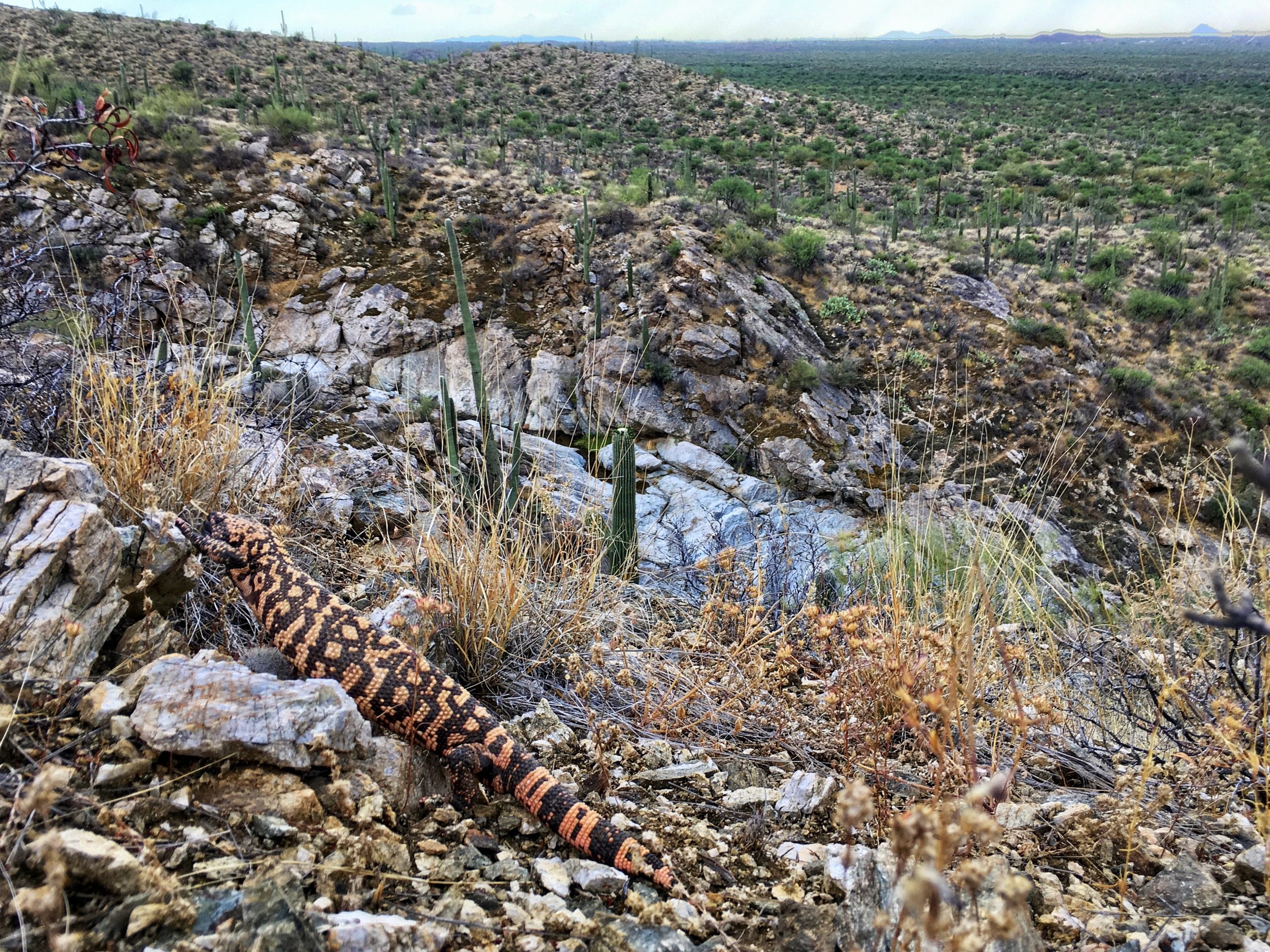A Cross In The Barbed Wire: Reflections On Faith & Immigration
Patheos (April 6, 2024) by Ken Chitwood
In February 2019, Miguel stared out at the San Pedro Valley in Mexico, stretching for miles below him from his position on Yaqui Ridge in the Coronado National Monument. Standing at Monument 102, which marks the symbolic start of the 800-mile-long Arizona Trail, Miguel remarked on how the border here doesn’t look like what most people imagine.
Instead of 30-foot bollards, all one finds is mangled barbed wire to mark the divide between Arizona and Sonora. Here hikers can dip through a hole in the fence to cross into Mexico, take their selfie, and pop back over.
“It’s as easy as that,” Miguel said, with a melancholic chuckle.
But for Miguel’s mother the crossing was not only difficult — it was deadly. She perished trying to find her way to the U.S. across the valley’s wilderness when Miguel was just four years old and already living in the U.S. with his father.
Not knowing exactly where she died, Monument 102 became a makeshift memorial for Miguel’s mother, the obelisk marking the U.S./Mexico border a kind of gravestone. The barbed wire itself even holds meaning for Miguel. “When I come every year to remember her,” he said, “and the knots in the barbed wire remind me of the cross.
“It may sound strange, but that gives me comfort,” he said.
Miguel is far from alone in making religion a part of the migrant’s journey. As migrants move around, across and through borders and the politics that surround them, religious symbols, rituals, materials and infrastructures help them make meaning, find solace and navigate their everyday, lived experience in the borderlands.
To read the entire article online, click here.












